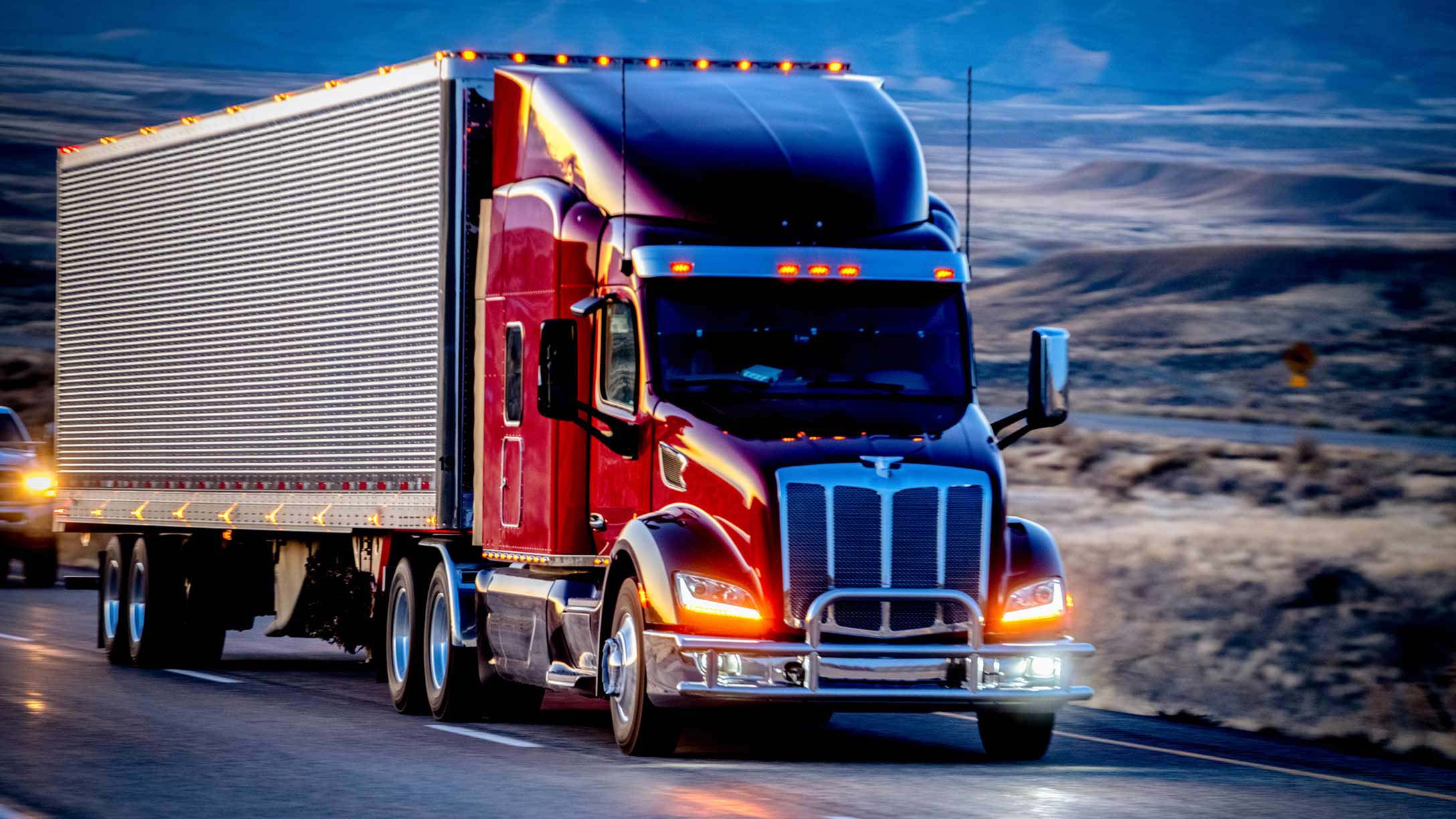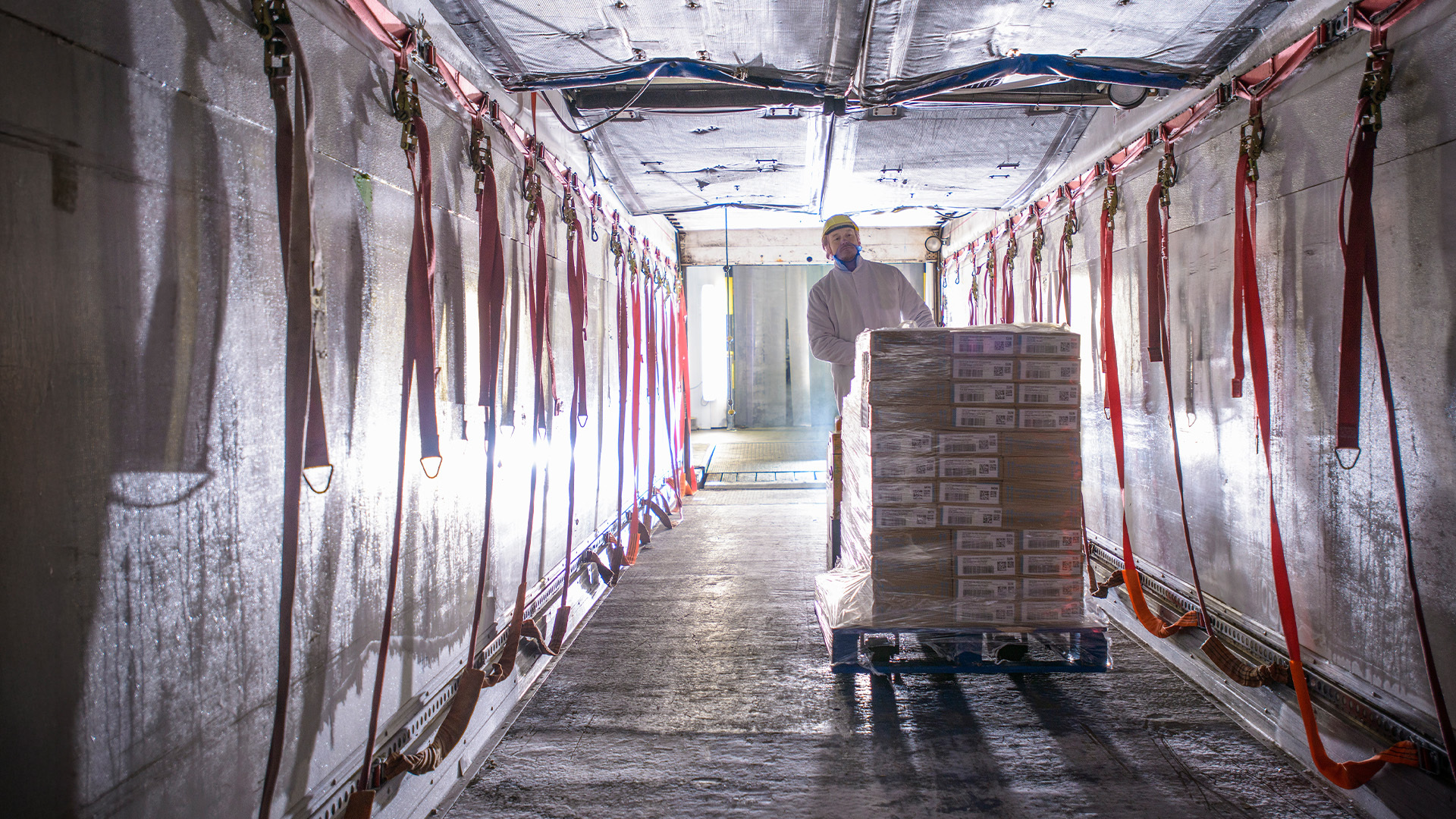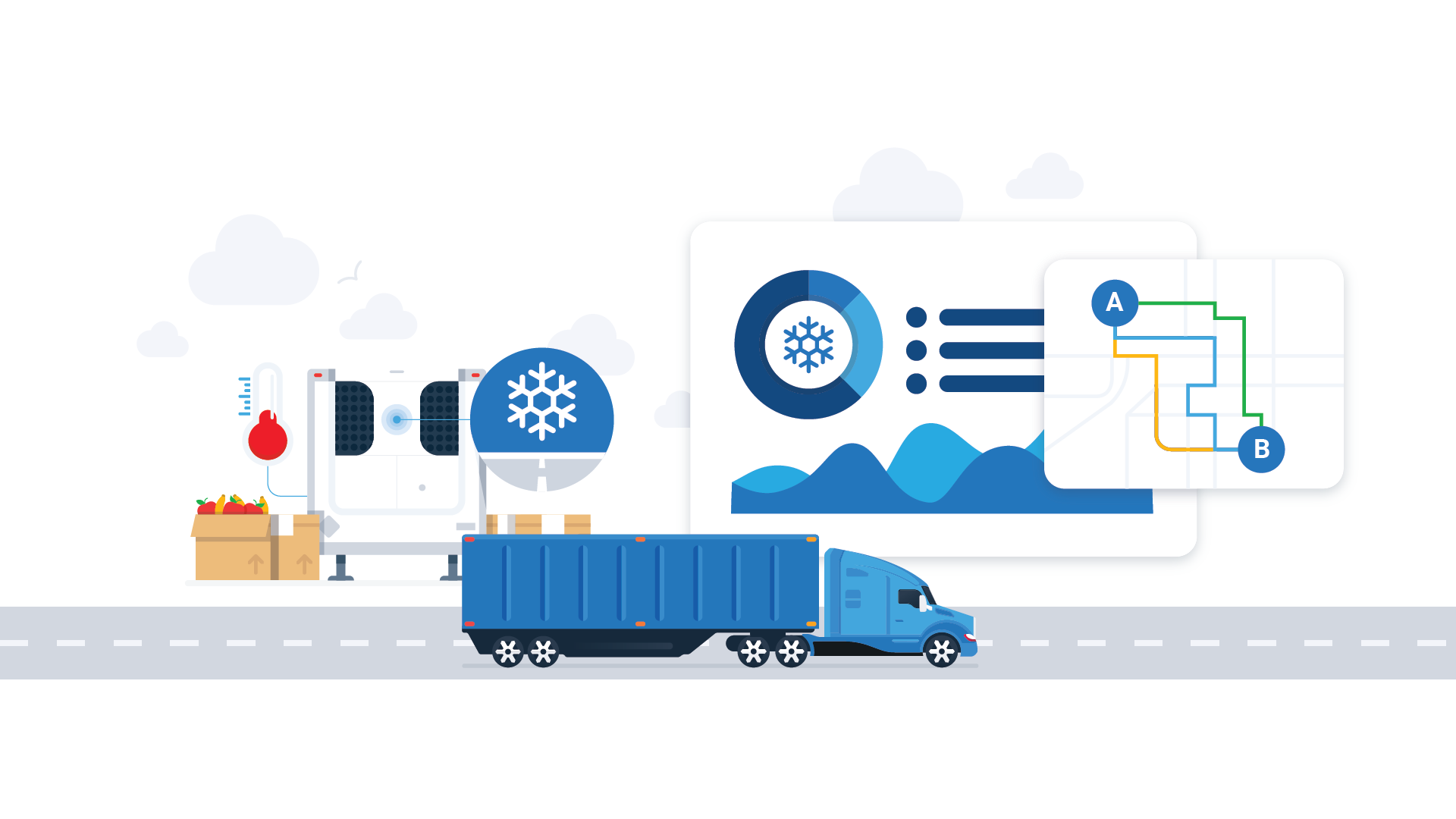Everything you need to know about the RP1226 connector
Learn more about the RP1226 connector, an ELD cable intended to standardize access to data from heavy-duty vehicles.
By Geotab Team
Jan 16, 2025

Are you familiar with the RP1226 connector? Read this post to learn more about this vehicle connector and its use.
What is the RP1226 connector?
The RP1226 is a 14-pin standardized connector that allows third-party access to in-vehicle data from heavy-duty vehicles. It is mainly used for fleet management and electronic logging device (ELD) management.
The purpose of the RP1226 is to standardize the connector for in-vehicle data access among various heavy-duty truck manufacturers.
The RP1226 connector and OEMs
An important thing to note about the RP1226 connector is that not all original equipment manufacturers (OEMs) implement it in the same way. Though the goal of the connector is standardization across vehicles, which has not yet been achieved.
For example, some OEMs have implemented gateways which limit the amount of data available for customers while others provide full access to the data available through the CAN bus. Additionally, the inclusion of the 14-pin connectors used with the RP1226 are not necessarily standard across all heavy-duty truck makes and models. That being said, Geotab does have harness solutions that help combat this issue.
See also: J1939: Why having electric trucks and buses speak the same language is good for fleets
What you need to know about the RP1226 connector
There are a few key pieces of information about the RP1226 every fleet manager should know prior to purchasing a heavy-duty vehicle. These include:
- The location of the connector. Some vehicles have them in the driver kick panel while others store them in the center console. Knowing where the ports are located on each vehicle is important for installation.
- The data limitations. Not all OEMs implement the same level of data access through the RP1226. It is important to know what data you would like to receive and to also understand what data you are able to access prior to purchasing a specific make or model.
- The number of connectors needed. For customers who use cameras that require direct access to the CAN bus, it is recommended to have at least two 14-pin ports installed in your vehicle. One connector is needed for a camera Add-On while a separate connector would be needed for a telematics device. Assessing your needs in advance of purchase is helpful to prevent any issues.
- The use of the correct harness. Harnesses are not a one-size-fits-all solution, so selecting the specific harness for the cable you are using is crucial. Heavy-duty trucks should always use a vehicle-specific harness when offered by Geotab or the vehicle manufacturer. Doing this helps protect not only your device, but the accuracy of the data it transmits. To make sure you have the right harness for your heavy-duty vehicle and device, you can refer to Geotab’s Harness assessment cheat sheet.
The future of the RP1226 connector
OEMs are working to standardize available data through the use of the RP1226 connector. However, in order for this standardization to happen, OEMs are proposing to limit the amount of vehicle data that is available through the RP1226 via implementation of a gateway. While the goal of standardizing data is a noble goal, it raises significant secondary questions that fleets need to consider:
- In order for new parameters to be made available via the RP1226 connector, the OEM will need to make changes to their software.
- Once the new software is available, the question lies in how quickly the software updates can make it to the trucks. Today, that process can take as little as a month or two through a company like Geotab.
- The gateway being proposed will block telematic service providers from updating calibrations or parameters for engines or transmissions as an example. As this technology becomes more readily available, a gateway installation will inhibit fleets ability to use this new technology.
Looking to the future, a possible solution would be for OEMs to allow third parties to authenticate across the gateway.
This compromise would require work both on the OEM’s and third party’s side. Doing this would allow fleets unhindered access to pull the necessary data points needed to run their business while also satisfying security-related issues raised by the OEMs. Regardless if this path is chosen or another, what is clear is that fleets need to be part of this conversation.
Talk to your OEM about RP1226
For those who work with heavy-duty vehicles, the RP1226 is a crucial part of fleet and vehicle management both now and in the future. In order to enable vehicle data to be more accessible, fleet managers, drivers and other heavy-duty trucking personnel need to engage OEMs on the topic of the RP1226 connectors. The Truck Maintenance Council (TMC) is discussing this subject as part of the RP1226 study group.
An easy way to set you or your fleet up for success, and to have your voice in the conversation, is to talk to your OEM about their available RP1226 installation and data access solutions or by joining the RP1226 study group. By starting the conversation you can be a part of the advancement of this standardized data collection connector.
Subscribe to get industry tips and insights
The Geotab Team write about company news.
Table of Contents
Subscribe to get industry tips and insights
Related posts
.jpg)
Go beyond reactive truck maintenance with predictive solutions that drive profits
December 8, 2025
3 minute read



Infographic: Upgrading your cold chain solution to minimize waste and maximize profit
September 11, 2025
1 minute read

Truck driver salary: 2025 guide to pay by state and job type
September 2, 2025
4 minute read
